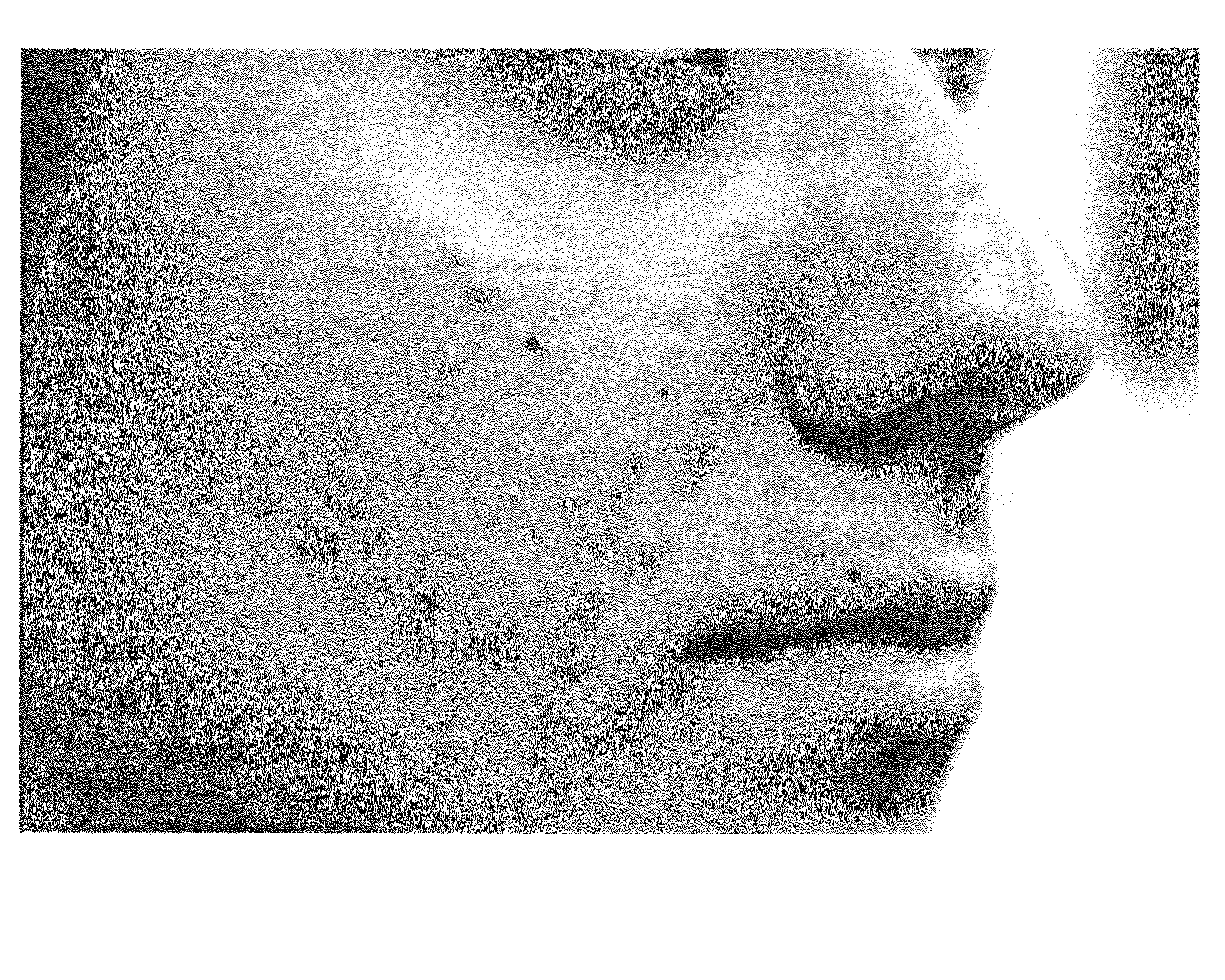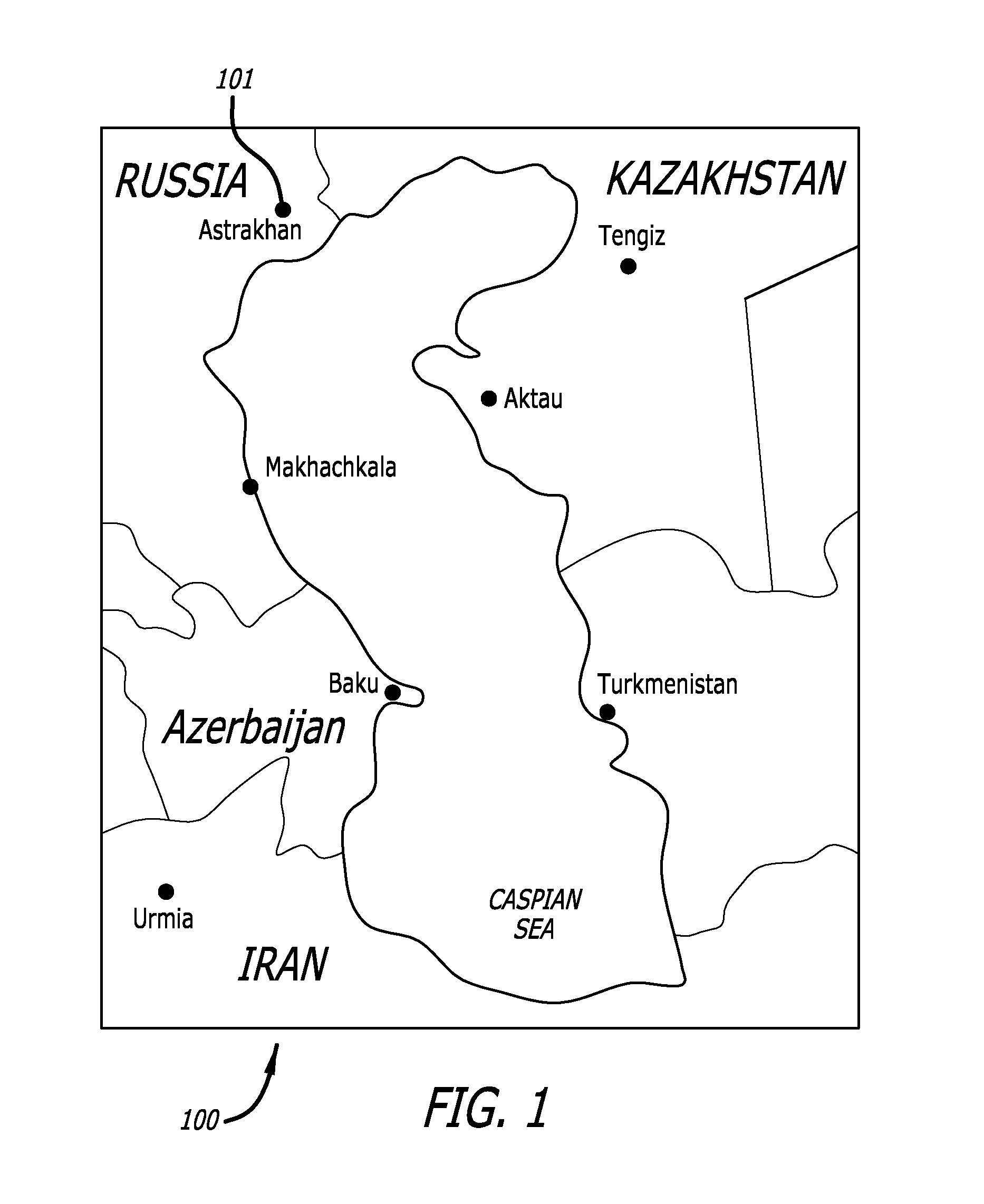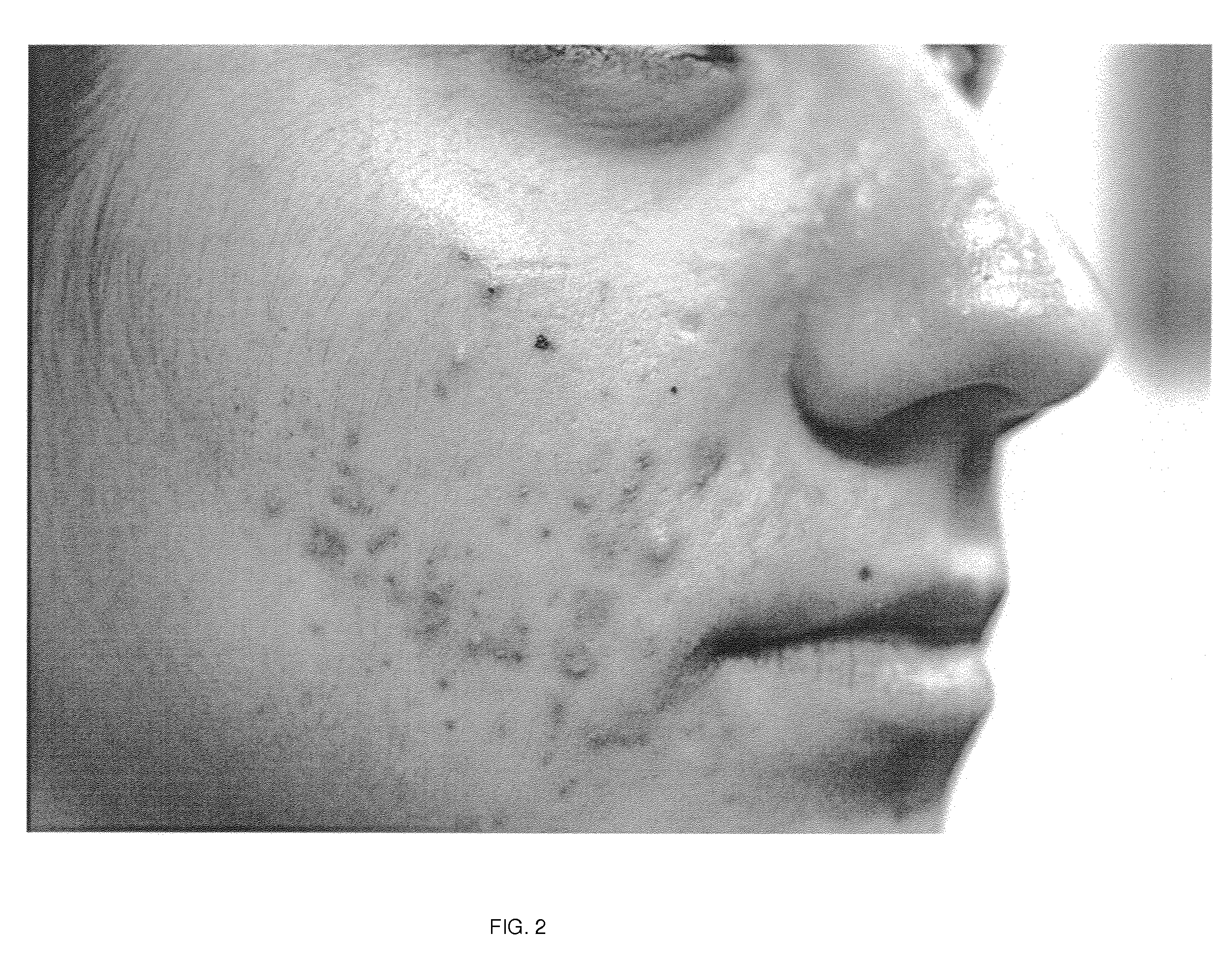Porifera-Based Therapeutic Compositions for Treating and Preventing Skin Diseases
a technology of therapeutic compositions and piorifera, which is applied in the field of therapeutic compositions, can solve the problems of affecting the health and skin of patients, not meeting the often complex and tedious treatment protocols of patients, and other chemotherapies that can be extremely toxic and have long-term deleterious effects on the patient's health and skin
- Summary
- Abstract
- Description
- Claims
- Application Information
AI Technical Summary
Benefits of technology
Problems solved by technology
Method used
Image
Examples
example 1
Basic Topical Acne Treatment
[0099]Therapeutic compositions prepared from the dried Spongilla powder can be prepared using formulating excipients and procedures known to those skilled in the art of topical medicament preparation. For example, in one embodiment of the present invention topical acne therapeutic comprises of 1.0 grams of Spongilla powder (active ingredient) and 2.0 milliliter of 3% hydrogen peroxide (vehicle). The ingredients are combined and mixed together. The mixture then is heated in the microwave for about 7 seconds. During heating hydrogen peroxide transforms into water and oxygen, which results in fluffy mask of homogeneous consistency. The therapeutic is then applied to the entire face in massaging circular motions, left on for 15 to 30 minutes, and then washed off with water. Recommended usage is every 5 to 7 days.
example 2
Topical Acne Treatment for Professional Use
[0100]In another embodiment of the present invention, topical acne therapeutic comprises of 1.5 grams of Spongilla powder, 1.0 milliliter of 3% hydrogen peroxide, and 3.0 milliliters of 5% boric acid. The mixture and application of this topical anti-acne composition for professional use includes mixing the powder with warm liquids just before use. The therapeutic is then applied to the face or other affected area in circular motions, left on for 25 to 30 minutes, and then washed off with water. Recommended usage is every 4 to 5 days.
example 3
Topical Acne Composition for Home Use
[0101]In one embodiment of the present invention topical acne therapeutic for home use comprises 0.8 grams of Spongilla powder, 0.2 grams of Plantain powder and 2.5 milliliters of enzyme gel. The mixture and application of this topical anti-acne composition for home use includes mixing the powder with liquid just before use. The contents are then applied to the face or other affected area with a brush, left to dry for 15 minutes and then washed off with water. Recommended usage is every day for a week or until face is cleared and then once a week for maintenance.
PUM
| Property | Measurement | Unit |
|---|---|---|
| diameter | aaaaa | aaaaa |
| diameter | aaaaa | aaaaa |
| diameter | aaaaa | aaaaa |
Abstract
Description
Claims
Application Information
 Login to View More
Login to View More - R&D
- Intellectual Property
- Life Sciences
- Materials
- Tech Scout
- Unparalleled Data Quality
- Higher Quality Content
- 60% Fewer Hallucinations
Browse by: Latest US Patents, China's latest patents, Technical Efficacy Thesaurus, Application Domain, Technology Topic, Popular Technical Reports.
© 2025 PatSnap. All rights reserved.Legal|Privacy policy|Modern Slavery Act Transparency Statement|Sitemap|About US| Contact US: help@patsnap.com



